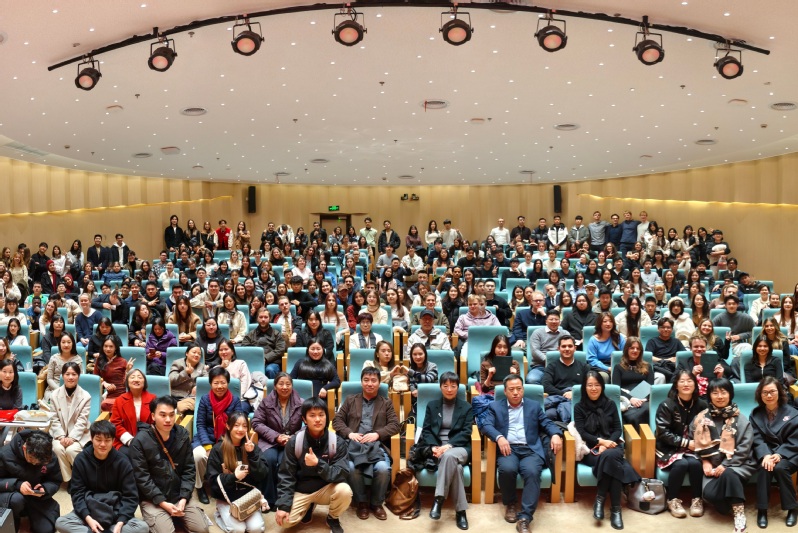Copper oxide high-temperature superconductors were first discovered in 1986 by physicists J. Georg Bednorz and K. Alex Müller. The Nobel Prize in Physics was awarded to this important breakthrough in the following year. Since then, dozens of other copper oxide superconductors have been discovered; the highest superconducting transition temperature (Tc) of this family of materials could be as high as 134 Kelven, or -139 ̊C, under ambient pressure. Although different in composition and Tc, various copper oxide superconductors share a similar layered atomic structure, i.e., the crystals can be viewed as two-dimensional, atomically thin planes that are stacked together. The two-dimensional nature of these high temperature superconductors, however, ostensibly contradicts with a conventional wisdom: long-range order such superconductivity is suppressed in two dimensions. This apparent dichotomy may be the key to understand high temperature superconductivity.
A direct way to unravel such a mystery is to thin down these superconductors to their smallest structural unit—one monolayer—and see whether superconductivity changes. The result may provide important insight into the high temperature superconductivity in copper oxides. Experimentally obtaining atomically thin films of copper oxides, however, is challenging: the material is extremely unstable in air, making it difficult to handle.
A team led by Prof. Yuanbo Zhang from the Department of Physics at Fudan University now overcomes these challenges, and successfully obtained, for the first time, monolayer copper oxide superconductors with their intrinsic properties intact. They found that the high temperature superconductivity—and various other correlated phenomena associated with high temperature superconductivity—in monolayer remains exactly the same as that in bulk crystal. High temperature superconductivity in copper oxide is, therefore, essentially a 2D phenomenon. The research, High-temperature superconductivity in monolayer Bi2Sr2CaCu2O8+δ was published in Nature on October 30.
The team focused their study on a representative copper oxide superconductor, Bi2Sr2CaCu2O8+δ (referred to as Bi-2212). They overcame the instability of the monolayers with a low temperature device fabrication technique that they have developed. In addition, they were able to tune the doping level of the monolayer over a wide range, and mapped out a large portion of the phase diagram. Surprisingly, the maximum value of Tc in these monolayers was similar to that in bulk—a direct evidence that the high temperature superconductivity of Bi-2212 in the 2D limit is the same as in the bulk.

Fig. The electronic structure of monolayer Bi-2212 on the atomic scale with scanning tunnelling microscopy
The team also probed the electronic structure of monolayer Bi-2212 on the atomic scale with scanning tunnelling microscopy. They discovered that apart from the superconductivity, various other phenomena that are closely-related to high temperature superconductivity phases persists in the monolayer Bi-2212. These phenomena include pseudo-gap, charge order and Mott state that are believed to be precursors to high temperature superconductivity.
The results from transport and scanning tunnelling microscopy experiments allow the team to conclude that all essential physics in Bi-2212 is contained in its monolayer. The discovery paved the way for further study of high temperature superconductivity with new techniques emerging from the field of two-dimensional materials.




